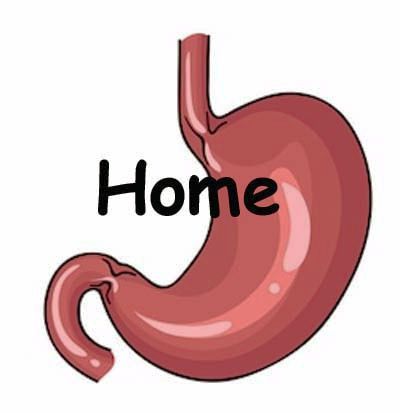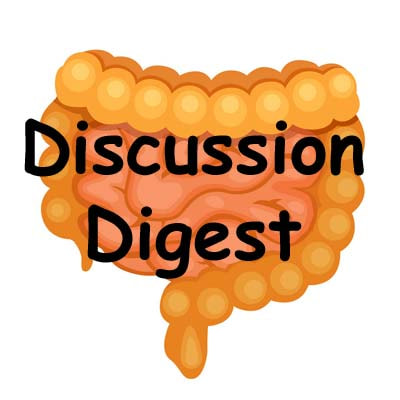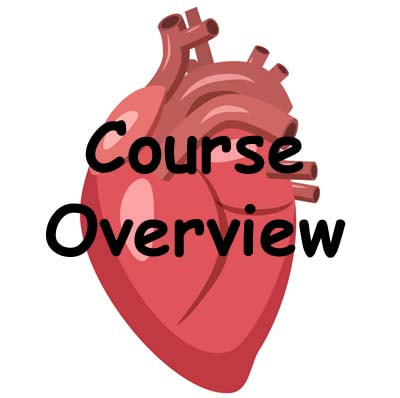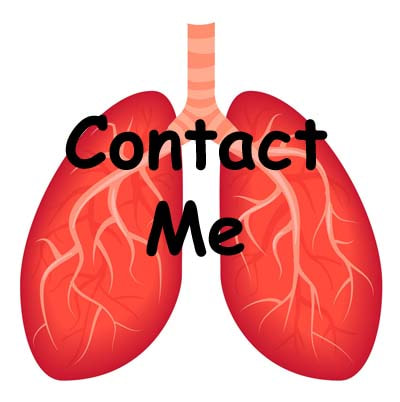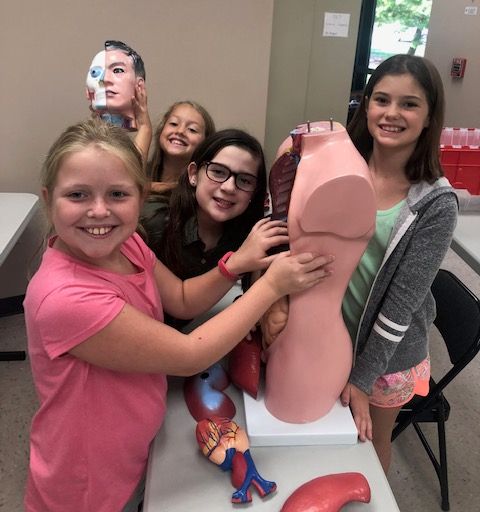|
Lady Scientists taking Tall Paul apart!
Putting Sweet Sue back together... "now how do we get that pancreas and appendix back in there?"
Harper and Gwen's edible mega "cell!"
|
In Week #3, we get to know the miraculous cell!Put your seat belts on ladies, as this week we delve into the marvelous miracle, the tiny unit of life, called the cell. Once thought to be "simple," scientists now know that cells are crazily complicated, containing molecular machines that rival what the best human engineers can design. But before we get into all that fun, let's remind ourselves of what we did last time we met!
Week #2 SummaryDuring Week #2, the lady scientists examined their apples to see which ones mummified the best. Many were quite stinky and colorful (due to molding) and others were remarkably preserved! When we return to class on Monday, September 14th, we'll all discuss the results of this experiment and learn how to post our experimental progress in laboratory notebooks.
We also had the opportunity to take apart Tall Paul and Sweet Sue to get a view of their insides! When I asked the young ladies to identify the various body parts, they were really knowledgeable, having recognized the heart, lungs, stomach, kidneys and intestines. Less obvious structures were the liver, diaphragm, bladder and appendix. It was a tight getting all the organs back inside the body cavities. The lungs and heart find their position inside the thoracic cavity, with the liver, stomach, kidneys, intestines and bladder inside the abdominal cavities. The diaphragm separates these two major cavities. In the same way the body has organs and organ systems which are highly specialized to carry out specific tasks, so also do cells posses "little organs," called organelles (review pp. 26 - 31). What to expect in Week #3To learn more about the little organs inside of cells, please review pages 26 to 31 in the textbook. This will provide the framework by which the lady scientists can build their own cells from gelatin and candies this coming week at home (see p. 35, Project: Edible Cell).
"Knitting" a proteinThis week, you are all going to simulate a very complicated activity that your cells perform all the time with their own knitting machines, called ribosomes. With a knitting loom and yarn, you are going to make your own "proteins." I'll provide the yarn for all, and looms for those of you who prepaid for these already.
Before class on Monday, September 14th, please complete the following:
|
Image Credits:
Banner: Cover of Apologia Exploring Creation with Human Anatomy and Physiology
Buttons: Stomach cartoon from Shutterstock.com; brain, lungs, and heart from Vectorstock.com.
Banner: Cover of Apologia Exploring Creation with Human Anatomy and Physiology
Buttons: Stomach cartoon from Shutterstock.com; brain, lungs, and heart from Vectorstock.com.
